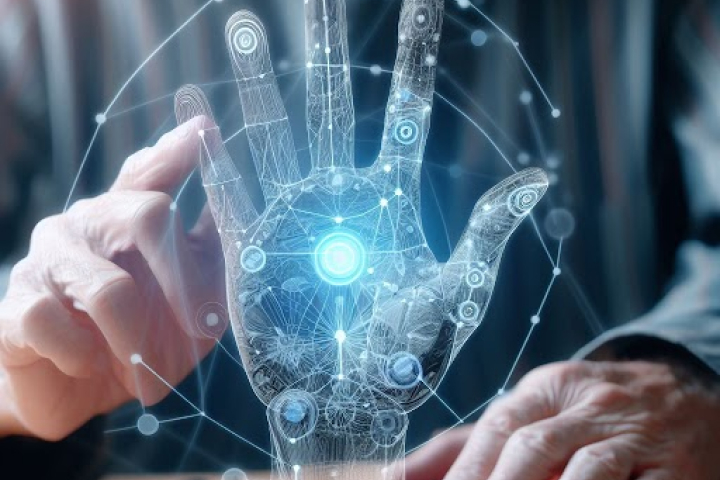
Have you ever wondered if a simple hand gesture could reveal something about your brain health? That’s the question that Rahat Islam, Kenneth Lai, and Svetlana N. Yanushkevich are trying to answer in their fascinating paper, “Hand Gesture Classification on Praxis Dataset: Trading Accuracy for Expense,” published on November 1, 2023. In this paper, they explore the potential of using hand gestures as a diagnostic tool for Alzheimer’s disease, a condition that affects millions of people worldwide.
The team used a Praxis dataset, which contains recordings of patients with cortical pathologies such as Alzheimer’s disease performing a Praxis test. This test involves making a series of hand gestures, such as saluting, combing hair, or playing the piano, and clinicians use it to assess the ability to perform skilled movements in a non-paralytic limb. The team focused on using only the body joint data from these gestures, which is a compressed form of data that can be analyzed specifically for hand gesture recognition. It’s like a dance of the fingers, each movement captured and analyzed.
To make sense of this data, they applied a smoothing filter and then normalized the data using different methods, such as Cartesian coordinates, polar coordinates, or a combination of both. It’s like translating a complex language into a simpler one that a computer can understand. They experimented with different window sizes to capture the temporal dependencies of each gesture, kind of like how a filmmaker might choose different frame rates to capture a scene.
The team then fed this data into two deep learning networks: an RNN with Long Short Term Memory (LSTM) and a Temporal Convolutional Network (TCN). It’s like giving the computer a pair of glasses to help it see patterns in the data. The LSTM is a type of neural network that can learn long-term dependencies and handle variable-length sequences, which is ideal for sequential data like gestures. The TCN is another type of neural network that can avoid the vanishing gradient problem and handle long sequential data efficiently.
The results? The best performance for the multi-class classifier was achieved by using an LSTM with polar and Cartesian coordinates and a combination of 128 and 256 frames, which yielded an accuracy of 70.8%. That’s like hitting a bullseye 70.8% of the time! For the multi-class binary classifier, the best performance was achieved by using an LSTM with polar and Cartesian coordinates and 256 frames, which yielded an accuracy of 95.4%. That’s almost perfect!
Compared to other methods, their approach outperformed those that use only body joint data and the multimodal fusion method that uses both RGB and joint data. However, it was inferior to the deep learning method that uses RGB, depth, and joint data. But here’s the kicker: their method is less computationally expensive and more privacy-preserving. It’s like getting a great deal on a car that also happens to be eco-friendly!
So, what does this all mean? It means that the future of diagnosing diseases like Alzheimer’s could be as simple as making a hand gesture. And that’s a future worth working towards. So, let’s applaud the efforts of Rahat Islam, Kenneth Lai, and Svetlana N. Yanushkevich for taking us one step closer to that future. Their work is a testament to the power of innovation and the endless possibilities of technology. And who knows? The next time you wave your hand, you might just be waving hello to a healthier future.
If you want to learn more about their paper, you can read the full text here:

Our vision is to lead the way in the age of Artificial Intelligence, fostering innovation through cutting-edge research and modern solutions.